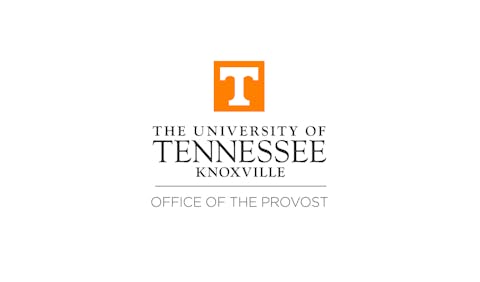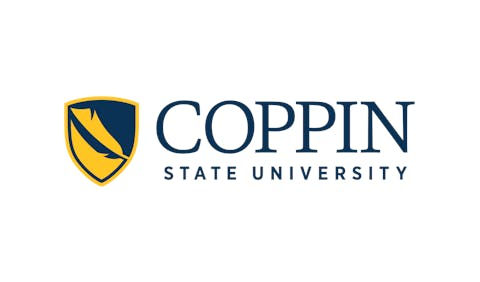The National Student Clearinghouse Research Center (NSCRC) has released its sixth Some College, No Credential (SCNC) report, which was created with the support of the Lumina Foundation. It compares data from the 2022-23 academic year to 2023-24. The number of students leaving college without earning a credential, referred to as “stopping out,” has declined for the second year in a row. Much of the country also saw increases in re-enrollment compared to the previous year.
“Re-enrollment has increased for two consecutive years, and credential completion among re-enrollees has also ticked upward,” said Dr. Matthew Holsapple, NSCRC senior director of research. “However, the some college, no credential population continues to grow year-over-year…outpacing those returning…driven by 2.1 million new stopouts between January of 2022 and July of 2023.”
NSCRC considered students who have enrolled at least once in postsecondary education since January 1993 but have not earned any degree or certificate and have had no enrollment for at least three consecutive academic terms as of July 31, 2023.
According to the NSCRC report, as of the start of the 2023-24 academic year 37.6 million Americans under the age of 65 have stopped out of college without a credential. Holsapple said this data helps colleges and universities target their efforts toward students more likely to return and complete their educations.
Lehman College, a senior college in the City University of New York (CUNY) system, has been part of CUNY Reconnect, which was designed to address the stopout problem.
Dr. Richard Finger, Lehman vice president for enrollment management, said over the last three years the college has had over 2,000 students re-enroll. These students are persisting and about 10% have graduated thus far.
“We are trying to wherever possible, if they’re adult learners, integrate credits for prior learning, integrate academic experience,” said Finger. “If they’re over the age of 24, we’re admitting them into our adult degree program, so they receive specialized advising geared for adult learners. They’re also encouraged to continue their studies at a pace that they know they’re going to be successful.”
Despite persistent disparities in SCNC outcomes by race/ethnicity, all groups saw gains in re-enrollment, persistence or credential earning over the past three years. “While Black and Hispanic SCNC students re-enroll at rates comparable to or even higher than their white and Asian peers, their credentials are at lower rates once re-enrolled,” said Holsapple.
Black and Hispanic students comprise approximately 80% of Lehman’s student body. Finger said these students are on an upward trajectory in persistence and graduation.
The NSCRC report shows students with at least two years of full-time equivalent enrollment prior to stopping out are more likely to re-enroll, persevere and complete. This group’s re-enrollment rate is more than triple that of others. “Making them a high potential group for target re-engagement,” said Holsapple. Along those lines, Lehman has assembled data on stopouts who have 15 or less credits to the bachelor’s, and over the past few years have enabled about 200 students to complete their degrees.
Recent stopouts are also more likely to return to the same institution they last attended. Holsapple said this provides critical insight for institutions and policy makers seeking to design effective outreach and support strategies. Finger noted that the majority of re-enrollees previously attended Lehman, and most are students who were impacted by the pandemic.
“Those students who stopped out in 2020, 2021 and 2022, their learning experience was really not what they originally came to college for,” Finger said. “We’re trying to provide as many pathways for those students to come back as possible.”
This includes students who have stopped out after an initial poor academic experience. Lehman has identified a population of students who when originally admitted showed promise. There is a Fresh Start program. If they earned less than 45 credits at the college, their grades are changed to pass/fail, which allows them to build a new GPA.
Community colleges are both the largest source of stopouts and the most common destination for returning students. Two thirds of SCNC students last attended a community college and nearly three out of five enrollees return to one. Primarily online institutions, while representing only about 5% of initial stopouts, account for approximately 15% of all re-enrollments.
Some institutions are examining student records and awarding a credential without re-enrollment. This includes students who had been pursuing a four-year degree but at the time of their stopout had enough credits to earn an associate degree. This is reflected in the new Colorado Re-Engaged (CORE) initiative, which allows public four-year institutions to award associate degrees to individuals who successfully completed at least 70 credit hours before stopping out within the past decade.
“As a system, we have a lot of support for new college enrollees…but we don’t have nearly as much support for re-enrollees,” said Holsapple. “Really focusing on how those students are re-engaged, how they’re brought back into the school and supported would probably do a lot of good.”















